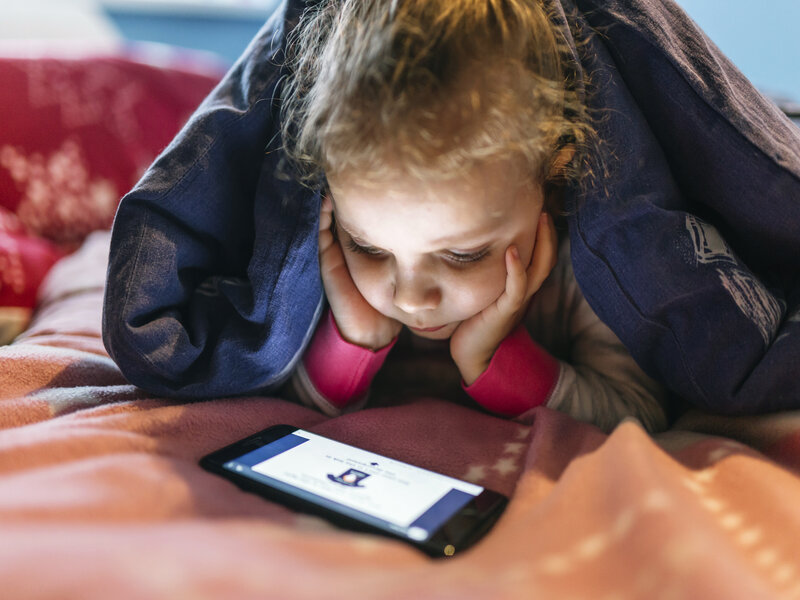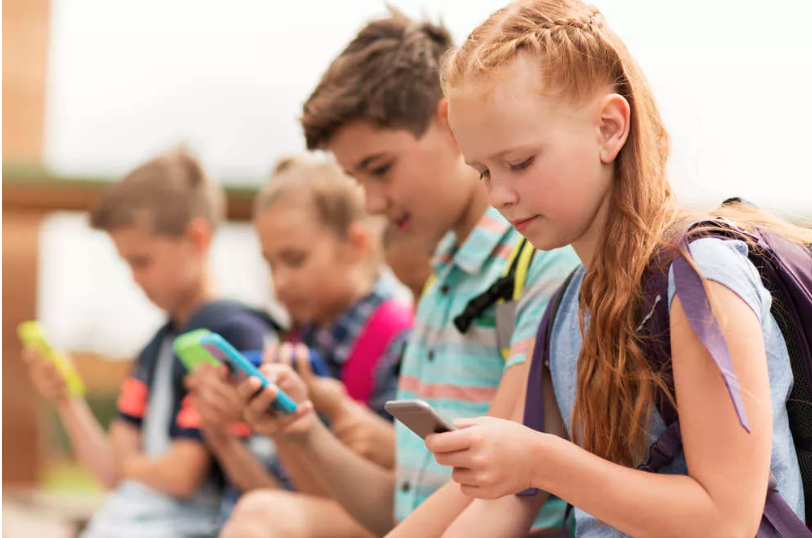Remember the Whatsapp, Instagram, and Facebook Blackout? Well, that event has had many advantages

On 4 October last year, the social networks Facebook, Instagram and
Whatsapp stopped working for more than six hours. Hundreds of millions of
users were forced offline for most of the day. We should note that Whatsapp
currently has 2 billion active users, Facebook 2.7 billion, and Instagram
1.22 billion. This data is essential for grasping the scale of the event.
It was the longest blackout in the history of communication.
The event was practically a cyber apocalypse. While some, in a state of
hyperventilation, tried to update their phones unsuccessfully, thinking it
was a personal problem, others searched Google for updates on what was
going on.
Our addiction to technology was brought to light
Technology’s hold on us became quite apparent. It’s an addiction that
psychologists have been talking about for some time. As the minutes passed,
anxiety and nervousness grew – both clear symptoms of digital addiction.
The ironical part of the story was that both Whatsapp and Facebook
announced that the problem was affecting the whole planet…via their
competitor Twitter
Taking notes during the event, in order to write this article, I was
surprised that people were looking for the solution…on Twitter, Telegram,
or Gmail.
We had to figure out how to make use of this “dead time” that grew with
every passing painful minute.
We had two options: wait anxiously for everything to return to normal or
dive into other ways of passing time that technology typically stops us
from seeing.
The networks crumbled, but it wasn’t the end of the world
There was a lot of buzz among influencers that day, since obviously they
couldn’t get their work done on Instagram. Though, I’d like to imagine that
to those who remained calm, they might’ve realized that face-to-face
connection is more important than uploading quality content.
I’d like to think that all those teenagers who were once isolated in their
bedrooms, surfing the web, decided to go outside that day and face the real
world. It can be just as interesting as life online to have an uplifting
chat with your parents, to study, or to play some games.
Next, I’d like to think about the mother of a family who’s consumed by the
streams of messages she gets via Whatsapp when the workday ends…I hope she
decided to sit and play a game with her kids instead.
Then, there’s that friend who only communicates via audio message, whose
colleagues have gotten used to hitting the x2 button because they simply
don’t have the time to listen to him… that day, maybe he got the courage
to just pick up the phone and make an actual phone call.
Perhaps, you might have reacted like I did: instead of spending the evening
catching up on messages, updates, and stories on social media that day, I
went to bed early! I read a book that I’d set aside a while back, resulting
in a much sounder sleep than I’d had in a long time! I woke up bright-eyed
and bushy-tailed, ready to go.
I think it was a really useful lesson for everyone. We found ourselves in
front of a gauge that measured our dependency on technology. It may be
worthwhile for us all to take a closer look at our relationships with
technology and make some changes accordingly.
So I leave you with this question: if this total blackout were to happen
again, how would you invest your time? I expect brave answers!














